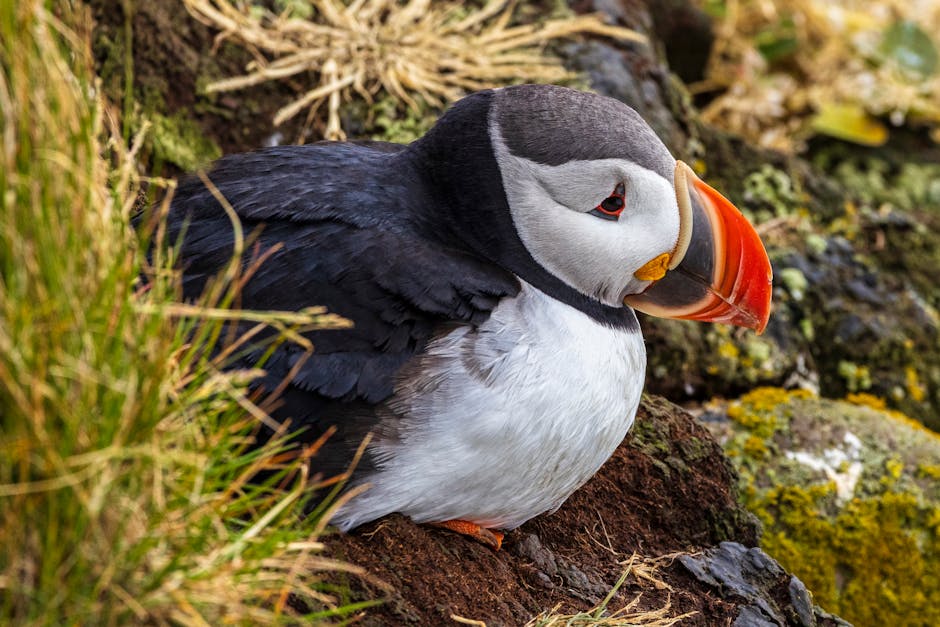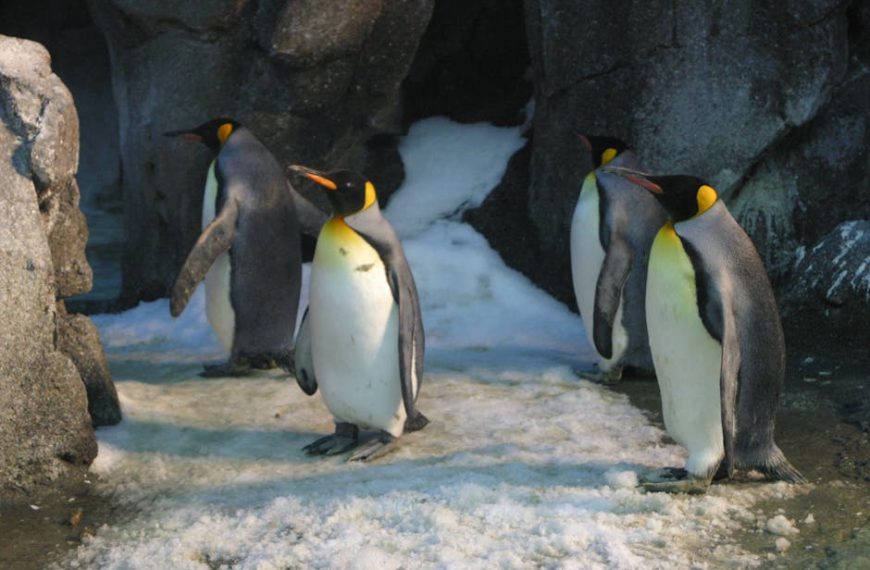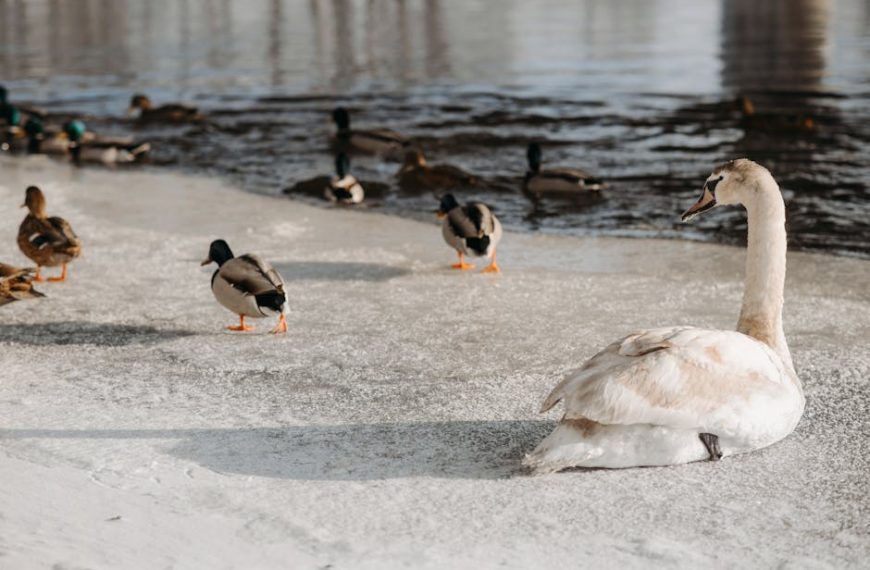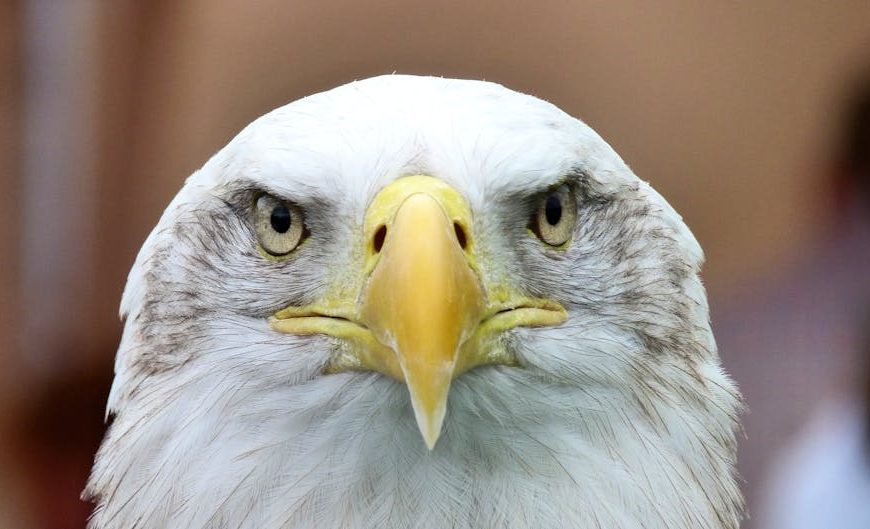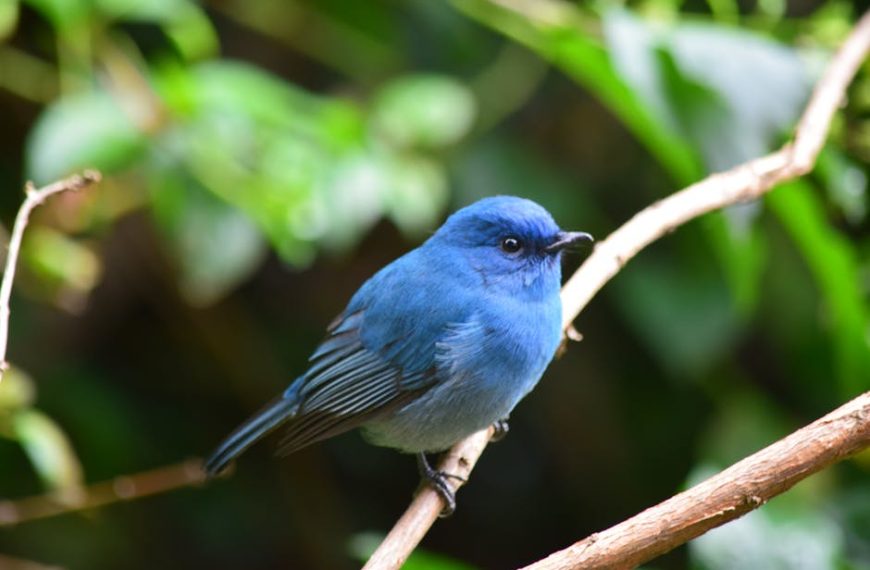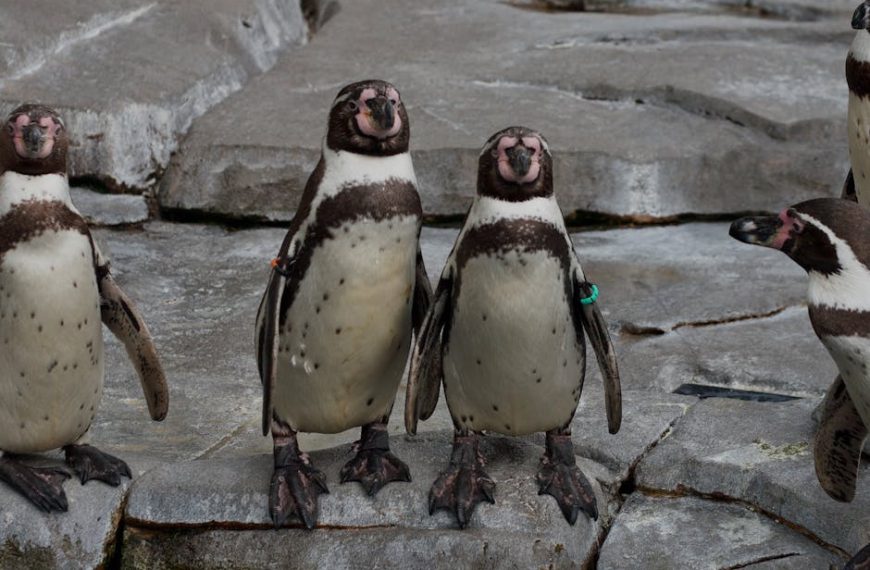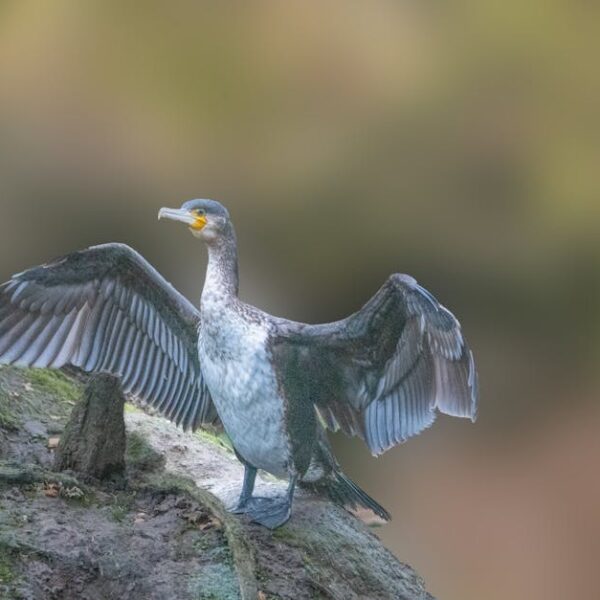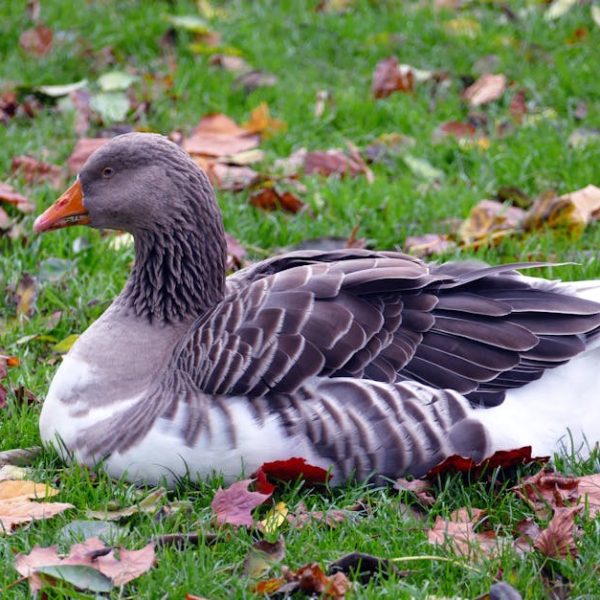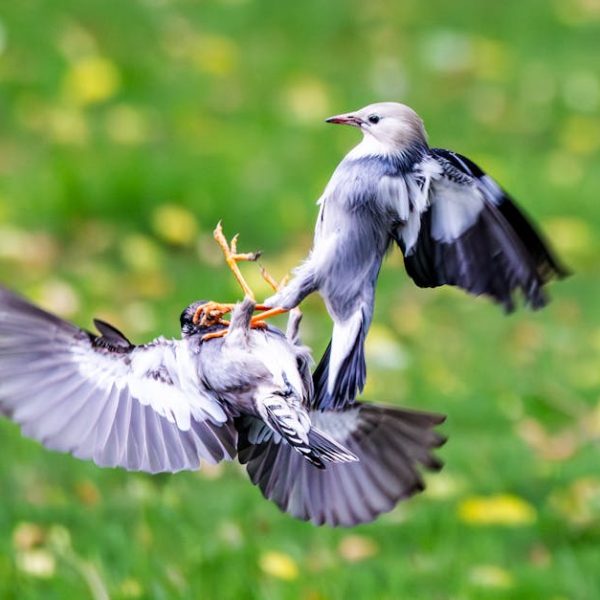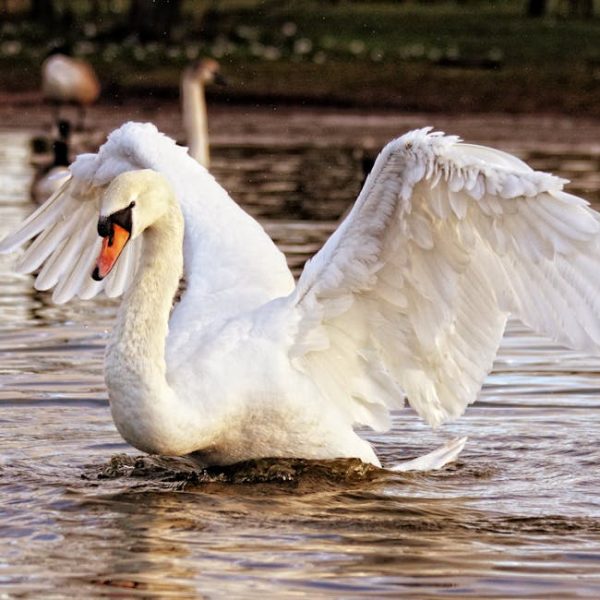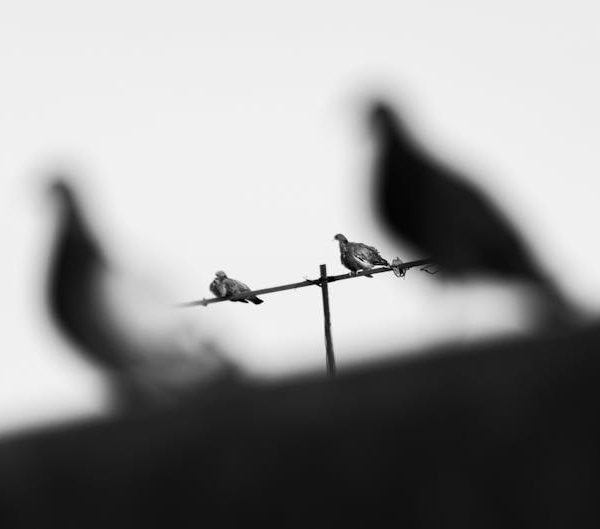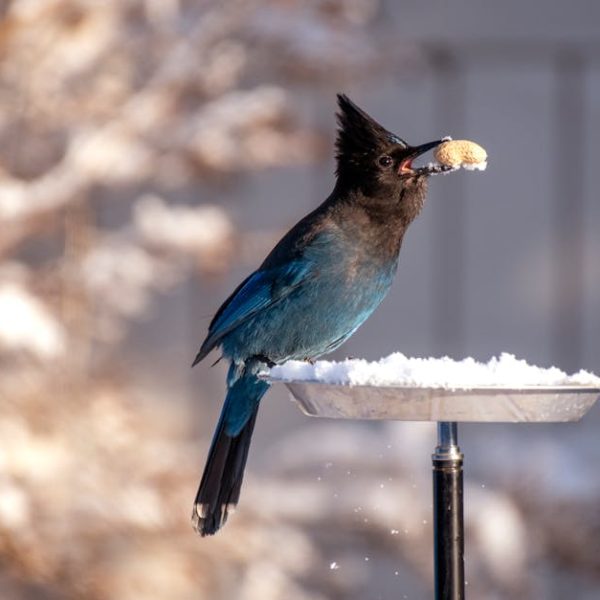As daylight dwindles during the cold winter months, the bedtime of birds can be an intriguing subject for any bird enthusiast or nature observer. The variation in birds’ sleep patterns—leveraging their adaptability—yields a unique insight into how avian species manage to thrive even in harsh winters.
Understanding Birds’ Sleep Patterns
Birds, depending on their species, categorize predominantly under diurnal, nocturnal, or crepuscular behavior. The majority, such as robins and sparrows, are diurnal—they are active during the day and sleep at night. Opposite to this, owls—known for their nocturnal nature—are active and hunt at night while they sleep during the day. Crepuscular birds like common nighthawks and barn swallows have their activity peak during twilight hours at dawn and dusk. During winters, these sleep patterns often undergo changes due to variable factors.
Best Practice: For bird watchers, the best way to observe these patterns is frequent careful observations at different times of the day. Keep a safe distance and avoid any actions that might disturb their routine.
Factors Influencing Birds’ Bedtime in Winter
Birds’ bedtime in winter is influenced by daylight hours, temperatures, food availability, and migratory patterns. Shorter daylight hours often trigger earlier sleep times in diurnal birds, while the reduced temperatures might lead some birds to save energy by sleeping more. Food scarcity during winter may lead to extended foraging hours, subsequently causing delayed bedtime. These can be seen in different magnitudes across different species.
Pro Tip: Pay attention to changes in bird behavior as winter approaches—in foraging, social interaction, and nest arrangement. These alterations often indicate adaptations to winter conditions.
How Birds Adapt to Winter Sleep
Birds have special adaptations to manage winter sleep. For instance, they sleep in huddles to share body warmth, use birdhouses or tree cavities to protect themselves against harsh conditions. You may observe physical signs like fluffed feathers—a way to trap heat—or tucking their beaks into their wings while sleeping.
Best Practice: Leaving up birdhouses, providing food, and creating bird-friendly spaces in backyards can be an excellent help for birds to adapt to winter conditions.
Typical Bedtime of Birds in Winter
Specific bedtime vary across bird species. Diurnal birds like robins and sparrows tend to retreat to their roosts as soon as the sun goes down, which can be quite early in winter. On the other hand, nocturnal birds like owls commence their activity around this time.
Pro Tip: Twilight and just after sundown can be the best times to observe bedtime behaviors in birds; this is when diurnal birds are settling in and nocturnal birds are becoming active.
The content will continue delving deeper into the impacts of artificial urban lights on birds’ sleep schedule, outlined in the next section.
The Impact of Urban Lights on Birds’ Sleep Schedule
Artificial lighting from urban areas significantly impacts the natural sleep patterns of various bird species by interfering with their circadian rhythms. This phenomenon, called ‘Light Pollution,’ can confuse birds, causing them to stay active longer or begin their daily activities earlier than they naturally would.
| Species | Impact of Lights |
|---|---|
| Diurnal Birds | Extended activity and delayed sleep due to confused understanding of night beginning |
| Nocturnal birds | Prolonged exposure to light might delay activity commencement |
| Migratory birds | Lights can cause disorientation and collisions during night flights |
Practical Tips: To mitigate the effects of light pollution on birds’ sleep schedules:
- Limit outdoor lighting during twilight hours and overnight, especially during migratory seasons.
- Opt for warm-white LED lights, which are less disruptive to birds, instead of cool-white or blue-rich LED light sources.
- Apply shields to outdoor lights to direct illumination downwards instead of upwards into the sky.
- Consider using motion sensor lights that only activate when necessary.
- Advocate for municipal light pollution ordinances in your community.
Understanding avian sleep behavior and the factors that influence it is crucial for their conservation, as well as supporting their continued adaptability during changing seasons. For bird enthusiasts, keen observation of these patterns offers a deep and fascinating insight into the avian world and their sleep schedule, especially during the winter.
Key Takeaway:
- Birds’ sleep patterns vary depending on their species – diurnal, nocturnal or crepuscular birds, and these patterns often change during winters.
- Factors like shorter daylight hours, low temperatures, food availability, and migratory patterns influence birds’ bedtime in winter.
- Birds adapt to winter sleep with strategies like huddling for warmth, using birdhouses or tree cavities, and physical signs like fluffed feathers.
- Artificial urban lights, also known as ‘Light Pollution,’ interfere with birds’ natural sleep patterns, causing changes in their activity timing.
Remember, a keen observation of bird’s behavior paired with respect and care for their natural habitat can help us co-exist with these fascinating creatures and support their adaptability during changing seasons. As bird enthusiasts, let’s use this knowledge to make our environments more bird-friendly, especially during winters, and contribute to their conservation.
FAQs
Q: How can we further support birds during harsh winter conditions?
A: Helping birds in winter can include steps like providing birdhouses that offer shelter, leaving out bird food to compensate for scarce natural resources, and ensuring clean water supply. Avoiding disturbing the birds and minimizing light pollution can also significantly support their survival and well-being.
Q: Are birds’ sleep patterns the same all year round?
A: No, birds’ sleep patterns often change with seasons. For example, during winter, various factors like shorter daylight hours and lower temperatures can influence changes in their sleep schedule.
Q: What is ‘Light Pollution’, and how does it affect birds?
A: ‘Light Pollution’ is excessive artificial lighting from urban areas that disrupts the natural sleep patterns of birds by interfering with their circadian rhythms. It can confuse birds, causing them to stay active longer or start their daily activities earlier than they naturally would.
Q: How does climate change impact birds’ sleep patterns?
A: Climate change can alter birds’ sleep patterns by influencing variables like daylight hours, temperature, food availability, and migratory patterns – factors known to affect bird sleep schedules.
Q: Why is it important to understand birds’ sleep patterns?
A: Understanding birds’ sleep patterns help in their conservation, as it provides insight on when they are most vulnerable and how changes in their habitat or environment can affect their sleeping behavior. This knowledge also supports the creation of bird-friendly environments.
Don’t forget to share this article with other bird enthusiasts or those interested in nature and wildlife. For more such insightful content, explore our other posts!
